5:1:1 mix and Pine bark question. Again.
Just Started(Sydney)
7 years ago
Featured Answer
Sort by:Oldest
Comments (31)
Just Started(Sydney)
7 years agoVladimir (Zone 5b Massachusetts)
7 years agolast modified: 7 years agoJust Started(Sydney) thanked Vladimir (Zone 5b Massachusetts)Related Professionals
Grand Haven Landscape Architects & Landscape Designers · Azalea Park Landscape Contractors · Los Banos Landscape Contractors · Mission Viejo Landscape Contractors · Rockville Landscape Contractors · Soddy Daisy Landscape Contractors · Tyngsboro Landscape Contractors · Hinsdale Solar Energy Systems · Maple Grove Solar Energy Systems · Phoenix Solar Energy Systems · Wakefield Solar Energy Systems · Fernandina Beach Window Contractors · Ocean Pines Window Contractors · Daly City Fence Contractors · Galveston Fence ContractorsJust Started(Sydney)
7 years agolast modified: 7 years agoJust Started(Sydney)
7 years agolitterbuggy (z7b, Utah)
7 years agoJust Started(Sydney)
7 years agolitterbuggy (z7b, Utah)
7 years agoJust Started(Sydney)
7 years agorina_Ontario,Canada 5a
7 years agolitterbuggy (z7b, Utah)
7 years agoNil13 usda:10a sunset:21 LA,CA (Mount Wash.)
7 years agolitterbuggy (z7b, Utah)
7 years agotapla (mid-Michigan, USDA z5b-6a)
7 years agohalocline
7 years agoGibson Zone 9 (Central Valley, CA)
7 years agoGibson Zone 9 (Central Valley, CA)
7 years agohalocline
7 years agolast modified: 7 years agoJust Started(Sydney)
7 years agoGibson Zone 9 (Central Valley, CA)
7 years agohalocline
7 years agolast modified: 7 years agoJust Started(Sydney)
7 years agoJust Started(Sydney)
7 years agolast modified: 7 years agohalocline
7 years agotapla (mid-Michigan, USDA z5b-6a)
7 years agohalocline
7 years agoJust Started(Sydney)
7 years agolast modified: 7 years ago
Related Stories


LIGHTING5 Questions to Ask for the Best Room Lighting
Get your overhead, task and accent lighting right for decorative beauty, less eyestrain and a focus exactly where you want
Full Story

KITCHEN DESIGN9 Questions to Ask When Planning a Kitchen Pantry
Avoid blunders and get the storage space and layout you need by asking these questions before you begin
Full Story
SELLING YOUR HOUSE15 Questions to Ask When Interviewing a Real Estate Agent
Here’s what you should find out before selecting an agent to sell your home
Full Story
REMODELING GUIDESConsidering a Fixer-Upper? 15 Questions to Ask First
Learn about the hidden costs and treasures of older homes to avoid budget surprises and accidentally tossing valuable features
Full Story
ORGANIZINGPre-Storage Checklist: 10 Questions to Ask Yourself Before You Store
Wait, stop. Do you really need to keep that item you’re about to put into storage?
Full Story
FEEL-GOOD HOMEThe Question That Can Make You Love Your Home More
Change your relationship with your house for the better by focusing on the answer to something designers often ask
Full Story
MOST POPULAR8 Questions to Ask Yourself Before Meeting With Your Designer
Thinking in advance about how you use your space will get your first design consultation off to its best start
Full Story
ORGANIZING4 Questions to Help You Organize Your Favorite Photos
Organize your keeper photos with a system that's just right for you, whether it's in the cloud or you can hold it in your hand
Full Story






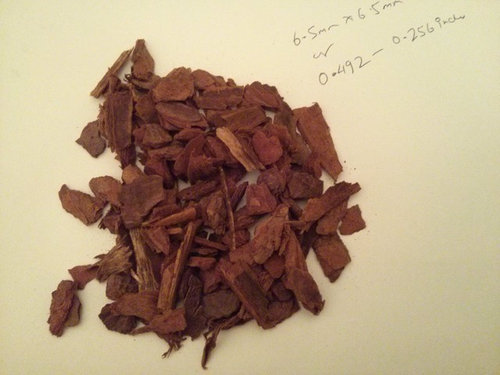
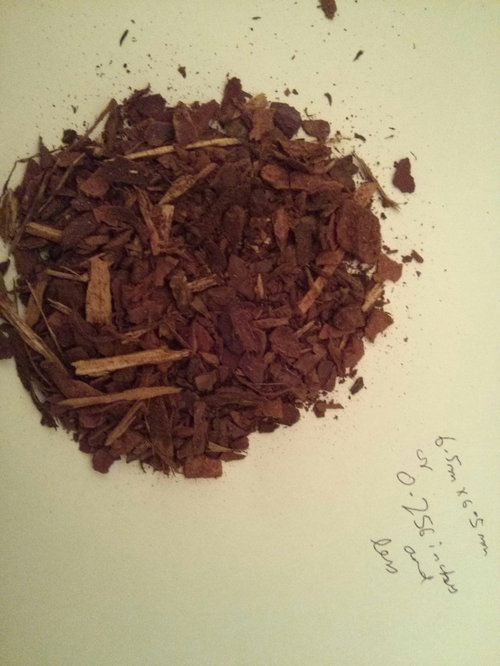

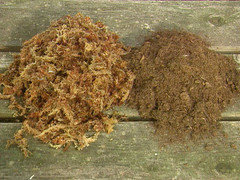


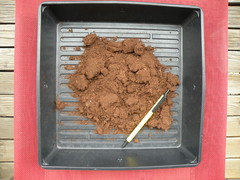

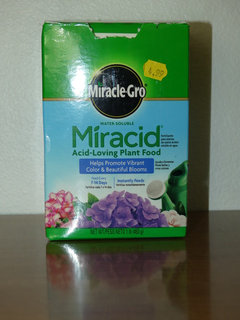


tapla (mid-Michigan, USDA z5b-6a)